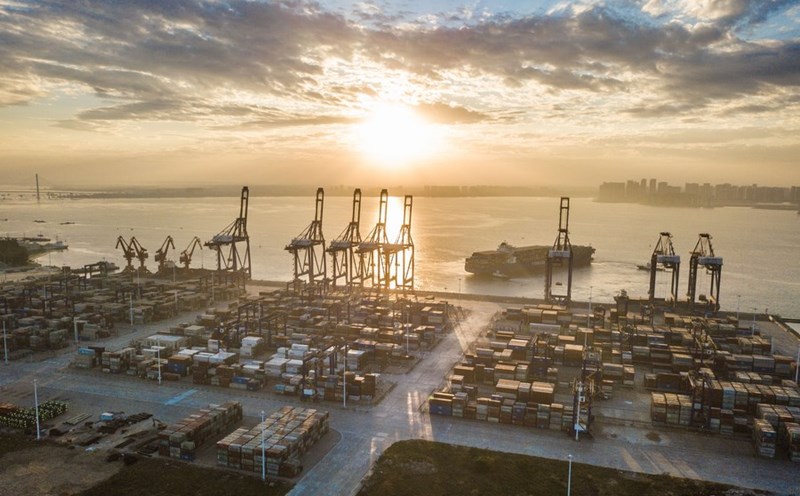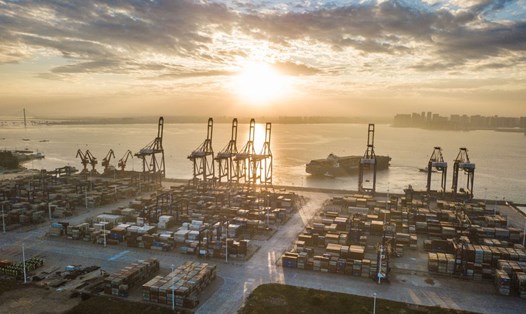Chinese researchers have officially launched the world's fastest four -legged robot called Black Panther, with a speed of up to 10 m/s. This speed is equivalent to the ability to run water of professional athletes in short distance races.
Black Panther was developed by the Center for Science and Technology Innovation of Hangzhou International Technology, belonging to Zhejiang University. The robot weighs 38 kg, 0.63 m high and first appeared in public on January 13 in Tieu Son District, Hangzhou.
With an aerodynamic design and mysterious black color, Black Panther makes a strong impression thanks to its flexible movement and outstanding speed on a specialized treadmill.
The robot's movements are so fast that they create a blurry effect like shadows appearing and disappearing, making it difficult for viewers to follow with the naked eye.
Researcher Jin Yongbin from the Human -shaped Robot Institute, belonging to Hangzhou International Science and Technology Innovation Center, said Black Panther could maintain this record speed for more than 10 consecutive seconds.
This is a remarkable achievement when compared to other quadruped robots in the world. However, to achieve optimal performance, the robot needs to operate under ideal conditions such as high-quality flat surfaces and stable power supply.
The team is currently planning to develop the next version of Black Panther with the goal of increasing the speed to 15 m/s. If achieved, this will be a new milestone in the field of mobile robots, expanding the application of Black Panther in many important fields.
With unlimited development potential, Black Panther can be applied in emergency situations such as search and rescue, where agility and flexibility are needed to access dangerous areas. In addition, the robot can also support in the industrial field, especially in environments that require high precision and speed.
The birth of Black Panther not only marks China's great progress in the field of robotics but also affirms the country's strong competitiveness on the world technology map.
The combination of speed, durability and flexible adaptability opens new opportunities to apply robots in real life, thereby improving work efficiency and minimizing risks in danger situations. grant.











